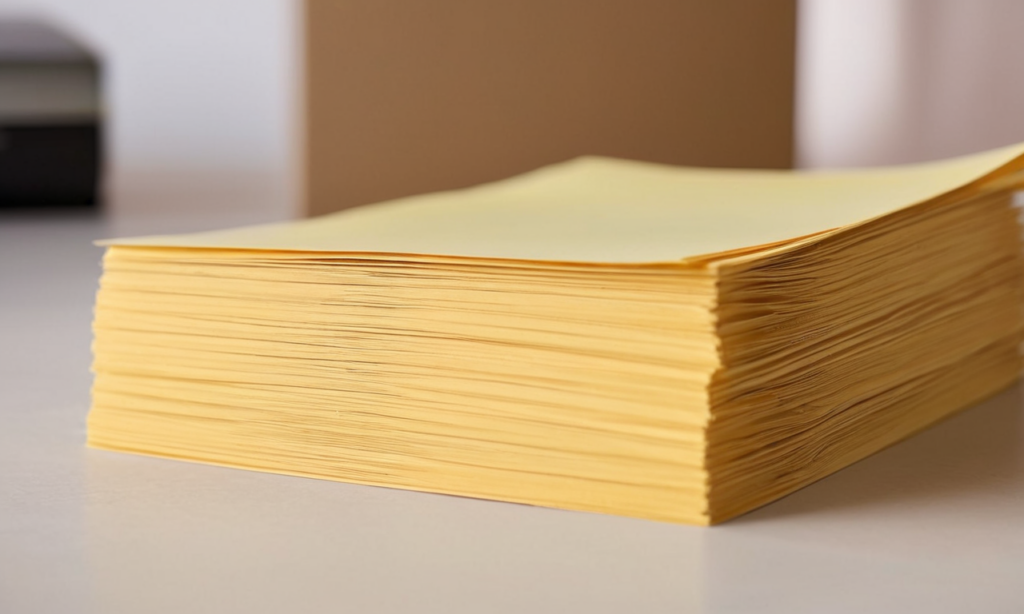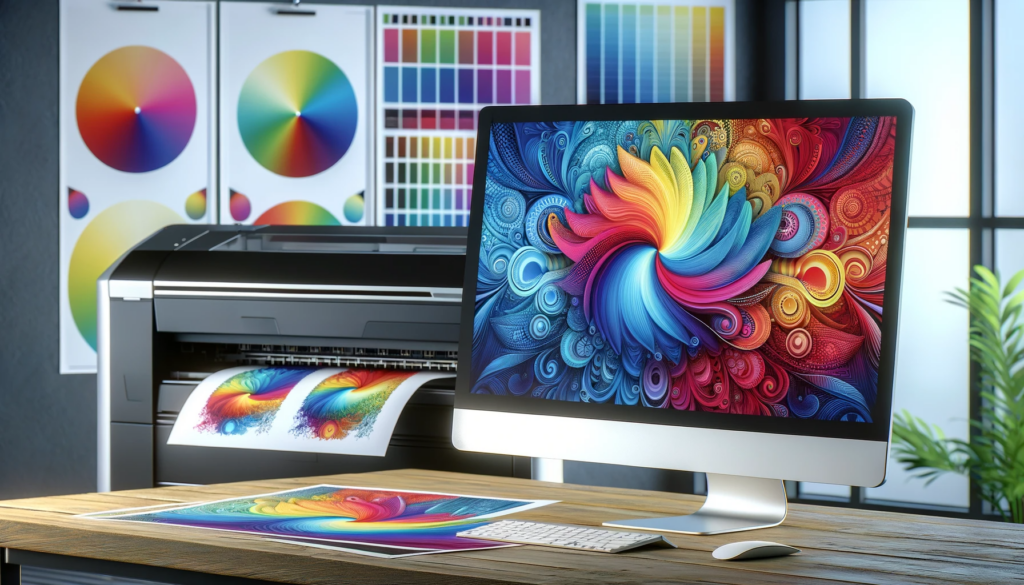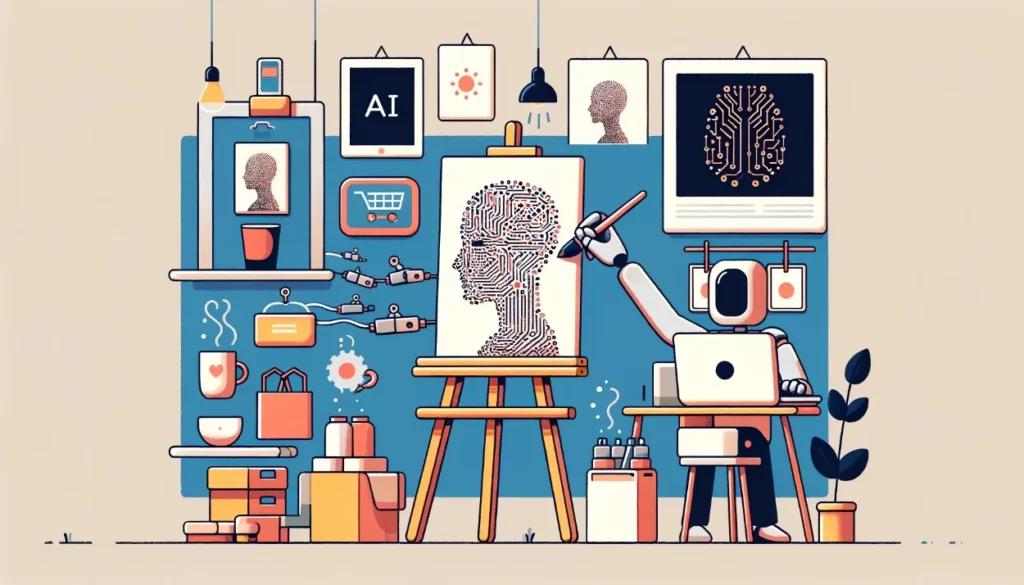The type of paper you choose significantly impacts the quality and styling of your prints. If you are looking into printing art regularly at home, some knowledge on the right type of paper to use will be essential to getting good prints.
This guide breaks down how glossy, matte, and other paper varieties affect color vibrancy and image clarity, which will make it easier for you to select the perfect paper for your printing needs.
Understanding Different Paper Types
- Glossy Paper:
- Characteristics: Shiny, smooth surface.
- Impact on Print: Produces vibrant colors and high contrast. Great for photographs and high-detail prints.
- Consideration: Can create glare under certain lighting conditions.
- Matte Paper:
- Characteristics: Non-glare, textured surface.
- Impact on Print: Softens colors, reducing contrast compared to glossy paper. Ideal for text-heavy documents or prints where glare is a concern.
- Consideration: Colors may appear less vibrant.
- Uncoated Paper:
- Characteristics: Porous, no shine.
- Impact on Print: Absorbs more ink, resulting in less sharp images. Good for stationery or standard office documents.
- Consideration: Not ideal for high-quality images.
- Cardstock:
- Characteristics: Thicker and more durable than standard paper.
- Impact on Print: Good for high-quality prints that need to withstand handling, like business cards or postcards.
- Consideration: Check your printer’s capability to handle thicker papers.
- Photo Paper:
- Characteristics: Specifically designed for printing photographs.
- Impact on Print: Maximizes color intensity and details. Comes in glossy, matte, and other finishes.
- Consideration: Usually more expensive.
- Inkjet vs. Laser Printer Paper:
- Inkjet Paper: Designed to absorb liquid ink, preventing smearing.
- Laser Printer Paper: Heat-resistant and made to handle toner.
- Impact on Print: Using the correct type ensures quality and prevents damage to your prints and printer.
Factors Affecting Print Quality on Different Papers
Ink Absorption: How much ink the paper absorbs can affect the sharpness and clarity of the print.
Brightness: The brightness of the paper can influence how vivid the print looks.
Weight: Heavier papers are more durable and can impact how premium the print feels. This guide over on “The Pigeon Letters” blog goes over printing examples on multiple different weighted papers to demonstrate how each affect the print.
Texture: The texture of the paper can add a tactile dimension to your prints, influencing the overall perception of quality.
Tips for Choosing the Right Paper
- Purpose of the Print: Determine if the print is for high-quality images, everyday use, or formal documents.
- Printer Compatibility: Ensure the paper is compatible with your printer type (inkjet or laser).
- Final Presentation: Consider if the print will be displayed, handled frequently, or used for formal purposes.
Conclusion
Choosing the right paper type is crucial in achieving the desired outcome in print quality.
Each type of paper has its unique characteristics that can significantly influence the appearance and feel of your printed material.
By understanding these differences, you can make informed decisions that enhance the quality of your printing projects.
Hi, I’m Carmine, the guy behind Helpful Tiger. Tired of crappy search results? Me too. That’s why I started this website. It’s a one-stop shop for simple tutorials and guides on a little bit of everything. Have questions? Reach out, and I’ll do my best to help!



